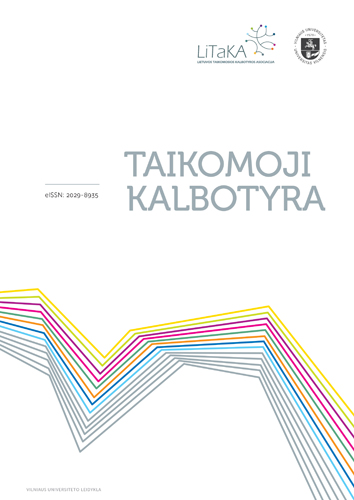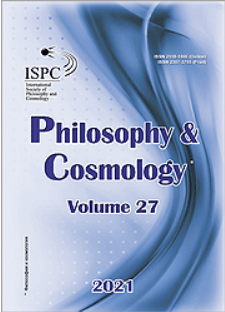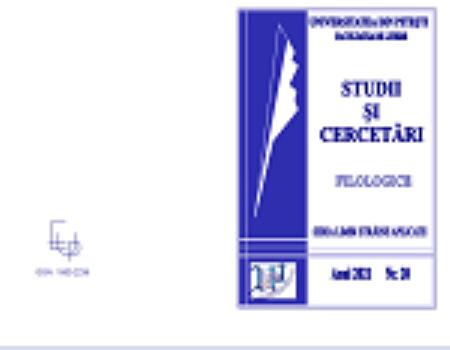
Daugiakalbė reklama lietuviškuose žurnaluose 1993–2013 metais
The article presents a quantitative analysis of multilingual advertising in Lithuanian magazines 1993–2013. The analysis includes those advertisements where alongside Lithuanian separate elements in a foreign language are used, and monolingual non-Lithuanian advertising. The sample included advertisements from four magazines of different profiles (a news magazine, a TV magazine, a women’s magazine, and a business lifestyle magazine) from years 1993/1994, 1998, 2003 and 2013, in total 1995 unique advertisements.A general conclusion is made that the number of multilingual advertising in Lithuanian magazines has increased. Although as early as 1993/1994 the magazines contained a fair amount of non-Lithuanian advertisements, those years were atypical, since non-Lithuanian advertisements were by Lithuanian advertisers mostly and the models of bilingual advertisements were different than the models that prevailed in the later periods. In 1998 there were less non-Lithuanian advertisements than in 1993/1994 and since then their amount was continuously increasing. The trend of increase of multilingual advertising is best confirmed not by the dynamics of its amounts in single magazines, which was different from magazine to magazine, but by its increase within separate product categories and within the flow of advertisements by Lithuanian companies.In 2013, the proportion of non-Lithuanian advertisements in different magazines, without including into this number the names of companies and products, was 11–42 percent. The use of other languages in advertisements was related to product category (the biggest amount of non-Lithuanian advertisements were in categories associated with prestige, modernity, technological progress, and certain lifestyles); country of origin (advertisements by foreign producers were more likely to contain foreign text elements); size (full-page advertisements were more likely to be bi- or multilingual); structure (monolingual non-Lithuanian advertisements predominantly contained company/product name only or company/product name plus slogan/product type). English is the most often used foreign language in Lithuanian advertisements; French, German, Italian are also used; some other languages are used in single cases only. English is used by advertisers from all countries of origin and it is used mostly to create a modern identity of the brand. Other languages, judging by the product categories they are used in, are associated with ethnocultural stereotypes of those countries.
More...













